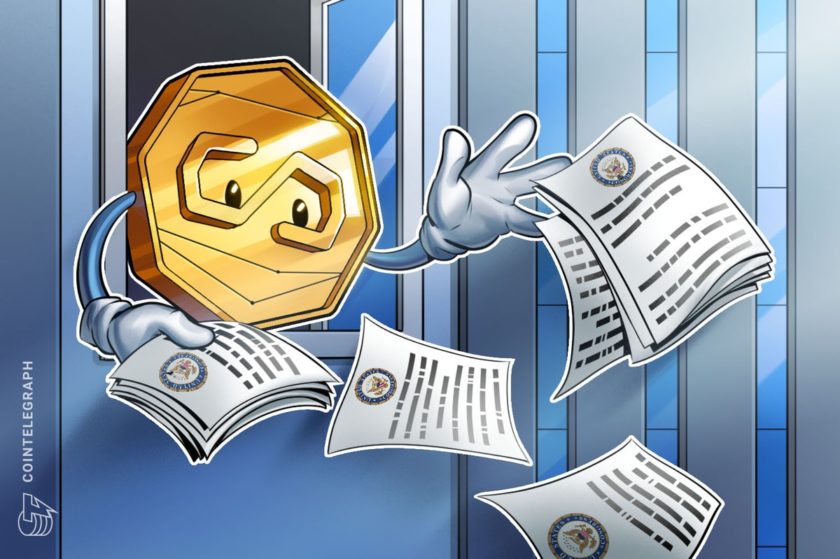A real mining project is planning to utilize blockchain technology to maximize the potential of land rich with precious metal and natural resources.
Blue Hill Mining says its project is based in an “exceptional location” in Mongolia — and that, after eight years of geological planning, research across 10 percent of its surface area has indicated that there are large quantities of copper, nickel, cobalt and gold. Overall, the land is forecasted to have one of the largest copper reserves in Asia, and it is almost as big as Lichtenstein.
A security token is being launched through Blue Hill Foundation, which is a gateway to Blue Hill Mining for early tokens buyers, the team says. Blue Hill Mining is directly linked to 30 percent ownership of the mine and also has a stake in a peer-to-peer platform designed to connect mining companies, smelters, logistics organizations and multinationals. It is hoped that this platform will deliver transparency to the industry by enabling each of these entities to make bids, while also eliminating middlemen who often take high fees for bringing these parties together.
In its white paper, Blue Hill Mining says that manufacturers of electric vehicles and smartphones particularly stand to gain from this blockchain-driven project, as they have the potential to save millions of dollars when acquiring the natural resources required to build their products.
Ethical and transparent
Blue Hill Mining plans to implement blockchain technology throughout its project, delivering transparent data at every stage of the production process. Records will show where raw materials were mined and how they were transported, enabling companies to purchase certificated, ethically sourced raw materials. Amid concerns about the working conditions of those mining for cobalt, the project hopes that its approach will help companies which have come under renewed pressure to show that the components of their products have been responsibly acquired.
The Blue Hill Foundation is currently a 24 percent co-owner of the Blue Hill Mine, with a surface area 70 times the size of the principality of Monaco — and it is located in south Mongolia, between the industrial giants China and Russia, its white paper adds. The Blue Hill Mine got its name due to the amount of oxidized copper on the surface, giving it a slightly blue/turquoise color.
Plans for development
Now that an eight-year period of technical exploration has concluded, Blue Hill Mining is intending to become fully licensed under the Swiss Financial Market Supervisory Authority by the end of the year – and aims to encourage mining companies, banks, multinationals and logistics firms to join its blockchain-based commodity trading platform.
From here, BHM tokens are scheduled to be listed on crypto exchanges by the start of 2020, with an additional drilling program at Blue Hill to launch in the middle of next year. Toward the end of 2020, it is hoped that the Blue Hill Mining platform will be “fully operational using blockchain technology,” enabling organizations to ethically source the raw materials they need at a cost that is lower than the market average.
The company says that its team has more than 152 years of combined experience in the mining industry, as well as 46 years in the banking industry. The presales of BHM are currently being made available through the Blue Hill Foundation.
Disclaimer. Cointelegraph does not endorse any content or product on this page. While we aim at providing you all important information that we could obtain, readers should do their own research before taking any actions related to the company and carry full responsibility for their decisions, nor this article can be considered as an investment advice.




